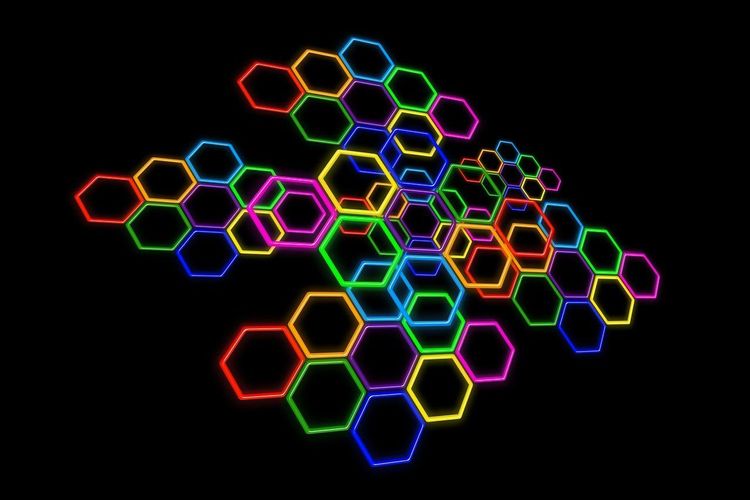Decades ago, predicting the three-dimensional structure of proteins and designing novel proteins for human use seemed like an unattainable dream. According to Zhou Xiaodong, a member of the Nobel Chemistry Committee, “Thirty years ago, successfully using experimental techniques to elucidate a protein structure could have warranted a Ph.D. dissertation, as it was extraordinarily challenging.” Thanks to this year's Nobel Chemistry Prize-winning research, people can now design proteins and predict their 3D structures using artificial intelligence, marking a significant revolution in the field.
Proteins are vital macromolecules essential for life. They form the foundation of bones, skin, and hair, drive muscle movement, and act as machines for reading, replicating, and repairing DNA. Additionally, proteins pump neurons to prepare for action in the brain, stimulate immune responses, transmit information between cells, and regulate hormones throughout the body.
Typically, proteins are composed of 20 different amino acids. These amino acids link in long chains, folding into unique 3D structures crucial for their function. To understand how life operates, it is imperative to comprehend the shape and structure of proteins.
Since the 19th century, the importance of proteins in life processes has been recognized by chemists. However, it wasn't until the 1950s that researchers began using advanced tools to analyze protein structures. By the 1970s, scientists understood that the information determining how proteins fold is encoded in their amino acid sequences. Despite this knowledge, predicting a protein's 3D structure from its amino acid sequence remained an elusive and challenging goal, once considered nearly impossible.
A groundbreaking breakthrough occurred four years ago with the introduction of the AI model “AlphaFold 2” by Demis Hassabis and John Jumper from DeepMind, a Google subsidiary. Hassabis, a British neuroscientist and CEO of DeepMind, began playing chess at age four and earned his Ph.D. in cognitive neuroscience from University College London in 2009. He previously led the development of the “AlphaGo” program, which beat world champion Go player Lee Sedol. Jumper, a senior research scientist at DeepMind, holds a Ph.D. in theoretical chemistry from the University of Chicago, focusing on protein folding simulations using machine learning. In 2021, he was recognized as one of the year’s top ten scientists by Nature magazine.
The “AlphaFold 2” model triumphed in the Critical Assessment of protein Structure Prediction (CASP) competition, renowned in the field of biocomputing. It became the first machine learning model to accurately predict protein 3D structures, solving a problem that had puzzled scientists for decades: predicting protein structures from amino acid sequences. The model can forecast the structures of nearly all known 200 million proteins.
Since its launch, “AlphaFold 2” has been employed in vast scientific endeavors, addressing challenges such as antibiotic resistance and discovering new treatments for diseases, like malaria. This technology significantly reduces the time needed to determine protein structures manually, demonstrating the powerful impact of artificial intelligence on scientific discovery. Furthermore, this research enhances our understanding of diseases and accelerates the development of new targeted drugs, with over two million users from around 190 countries already utilizing the program by October.
In nature, the variety of proteins is limited, prompting researchers to aspire to create novel proteins that can perform functions such as breaking down harmful substances or serving as tools in chemical manufacturing. This field has gained traction since the late 1990s, with Professor David Baker from the University of Washington achieving significant breakthroughs. He developed Rosetta, a software that successfully constructs entirely new proteins not found in nature.
Baker’s team proposes new protein structures and uses Rosetta to compute which amino acid sequences can create the desired protein. To test the software's accuracy, they introduce the proposed sequences into bacteria, which then produce the intended proteins. X-ray crystallography confirms that the structures of these proteins align closely with their designs, a finding published in 2003.
Since then, Baker's team has continually developed proteins with innovative functions, enabling advancements in nanomaterials, targeted drugs, vaccine development, miniaturized sensors, and greener chemical processes, opening the doors to limitless possibilities for human welfare. In a recent interview, Baker emphasized that his achievements are built on the insights of previous giants, showcasing the immense power of artificial intelligence in protein structure prediction and design, greatly enhancing both capability and accuracy.





